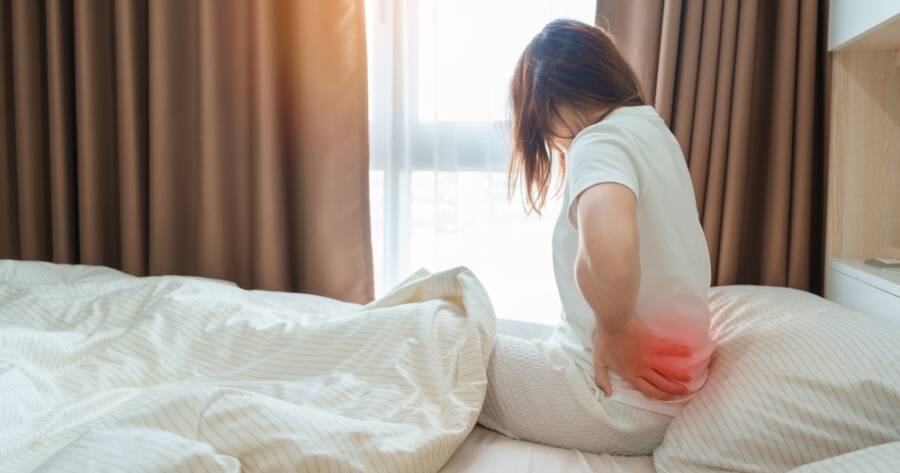Lower back pain, a widespread issue affecting many, can be effectively managed through a variety of approaches. Physical therapy, targeted injections, and medications provide significant relief, while surgery offers solutions for severe cases. Preventive measures, such as engaging in regular exercise, practicing proper posture, and maintaining a healthy weight, can reduce the risk of recurrence. By understanding the underlying causes, recognizing symptoms, and exploring available treatments, individuals can take proactive steps to enhance their back health and overall quality of life.
Lower Back Pain: What It Is
Lower back pain is a common condition that affects millions of people worldwide. It can be caused by a variety of factors, including muscle strains, ligament sprains, and herniated discs. In most cases, lower back pain is not serious and will resolve on its own within a few weeks. However, some cases can be more severe and may require medical treatment.
Symptoms of lower back pain can include:
- Aching or stiffness in the lower back
- Pain that radiates down the legs
- Muscle spasms
- Difficulty standing or walking
- Numbness or tingling in the legs or feet
If you are experiencing any of these symptoms, it is important to see a doctor to rule out any serious underlying conditions.
Treatment Options For Lower Back Pain
There are a variety of treatment options available for lower back pain, depending on the severity of the condition. Some common treatments include:
- Physical therapy: Physical therapy can help to strengthen the muscles and improve flexibility in the lower back, which can help to reduce pain and improve function.
- Injections: Injections of corticosteroids or other medications can help to reduce inflammation and pain in the lower back.
- Medication: Over-the-counter pain relievers, such as ibuprofen or acetaminophen, can help to relieve mild to moderate lower back pain. Prescription pain relievers may be necessary for more severe pain.
- Surgery: Surgery may be necessary for severe cases of lower back pain that do not respond to conservative treatments. Surgery can involve removing a herniated disc, repairing a damaged ligament, or fusing two or more vertebrae together.
Prevention Tips For Lower Back Pain
There are a number of things you can do to help prevent lower back pain, including:
- Maintaining a healthy weight: Excess weight can put strain on the lower back, increasing the risk of pain.
- Exercising regularly: Regular exercise can help to strengthen the muscles and improve flexibility in the lower back, which can help to reduce the risk of pain.
- Using proper lifting techniques: When lifting heavy objects, bend your knees and lift with your legs, not your back.
- Avoiding prolonged sitting: Sitting for long periods of time can put strain on the lower back. Get up and move around every 20-30 minutes.
- Choosing a supportive mattress: A firm mattress can help to support the lower back and reduce the risk of pain.
Learn More About Lower Back Pain
There are a number of resources available to help you learn more about lower back pain, including:
- The National Institute of Arthritis and Musculoskeletal and Skin Diseases (NIAMS)
- The American Academy of Orthopaedic Surgeons (AAOS)
- The Mayo Clinic
